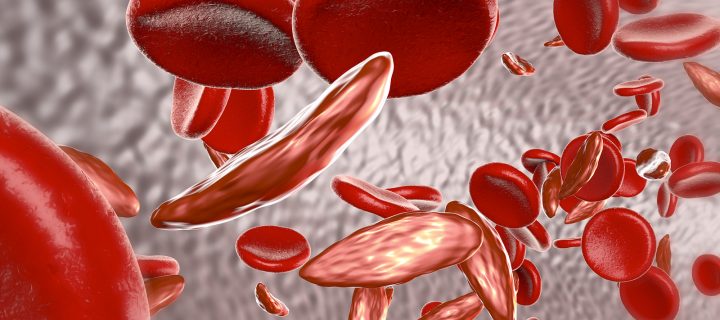This disease is the #1 inherited illness in the U.S. A better cure is possible-here’s what you should know about it.
Dating back to 2008, June 19th (Juneteenth) has been designated as World Sickle Cell Awareness Day. It’s a celebration that revolves around raising support and awareness for the illness as scientists work towards more answers for those who have it.
So, what is the disease all about? This is an illness that affects your blood. It’s inherited when both parents carry the trait. With it, a person doesn’t have enough healthy red blood cells to carry adequate oxygen through their body.
And it’s so prevalent that The World Health Organization (WHO) has declared sickle cell anemia to be one of the main causes of premature death in children under 5 in some African countries.
Related: How to Lose That Unwanted Water Weight
So, is there a cure? Yes, but it can be a difficult one. Having a bone marrow transplant is the only potential fix right now, and this is usually reserved for patients who are younger than 16.
Thankfully, researchers are also currently looking at gene therapy as a solution. This involves inserting a normal gene into the bone marrow of people with the illness.
Scientists are searching for the route towards turning off the defective gene in patients, and reactivating those responsible for the production of fetal hemoglobin.
But these solutions are just in the making and a ways off.
For the moment, treating sickle cell anemia usually boils down to relieving symptoms. These can range from an increased risk of infection, to chronic pain as blood doesn’t circulate when and where it should, and blood transfusions.
While there isn’t always a clear fix, taking supplements like folic acid, eating a healthy diet, drinking lots of water, avoiding extreme temperatures, and exercising regularly in moderation are also key for maintaining comfort and good health when living with sickle cell anemia.
Interested in learning more about the bone marrow transplant solution? Click here for more information.
Click here and here for information on blood donations that are needed in populations most affected by sickle cell anemia.
And to learn how you can help support research and effect change, click here.
Photo credits: Tyrannosaurus/Bigstock.com











